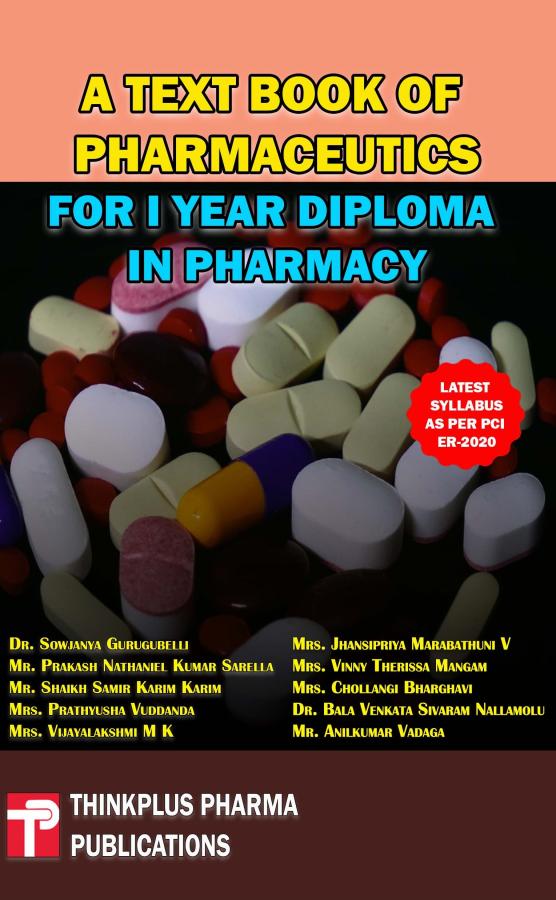Chapter 7: Mixing
Synopsis
Author
Dr. Sangeetha Shanmugasundaram
Professor, Department of Pharmaceutics, SRM College of Pharmacy, SRMIST, Kattankulathur, Tamil Nadu, India
Abstract: Mixing is a fundamental unit operation in pharmaceutical manufacturing, essential for achieving homogeneity in various formulations. This process involves the combination of two or more components to produce a uniform mixture, crucial for ensuring consistent drug content and performance. Different types of mixing are employed based on the physical state of materials, including solid-solid, solid-liquid, and liquid-liquid mixing. The selection of appropriate mixing equipment, such as ribbon blenders, planetary mixers, or high-shear mixers, depends on the nature of the materials and desired outcome. Factors affecting mixing efficiency include particle size distribution, density differences, and rheological properties of the components. The concept of mixing mechanisms, including convection, diffusion, and shear, is explored to understand the principles underlying effective mixing. Challenges in pharmaceutical mixing, such as segregation and over-mixing, are addressed, along with strategies to overcome them. Quality control measures, including blend uniformity testing and in-process controls, are discussed to ensure the consistency of the final product.
Keywords: Homogenization, Blending, Uniformity, Segregation, Mixing equipment, Process optimization


 .
. 